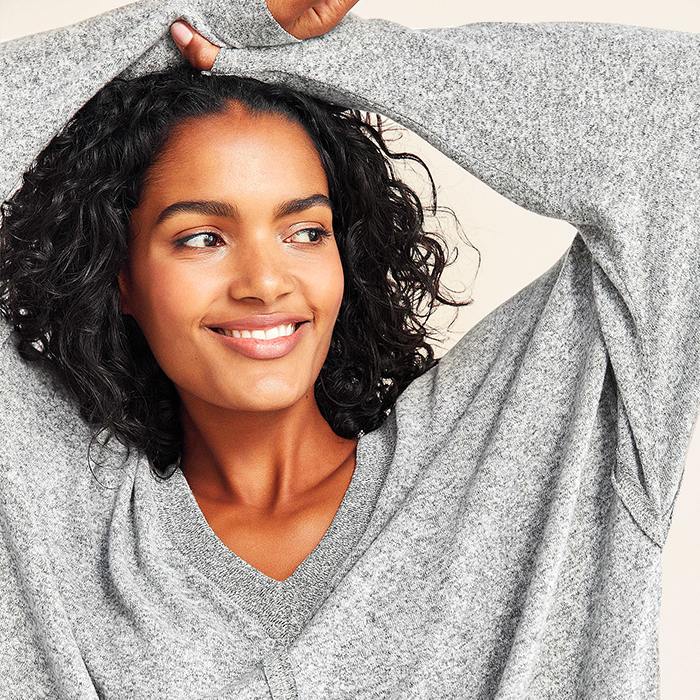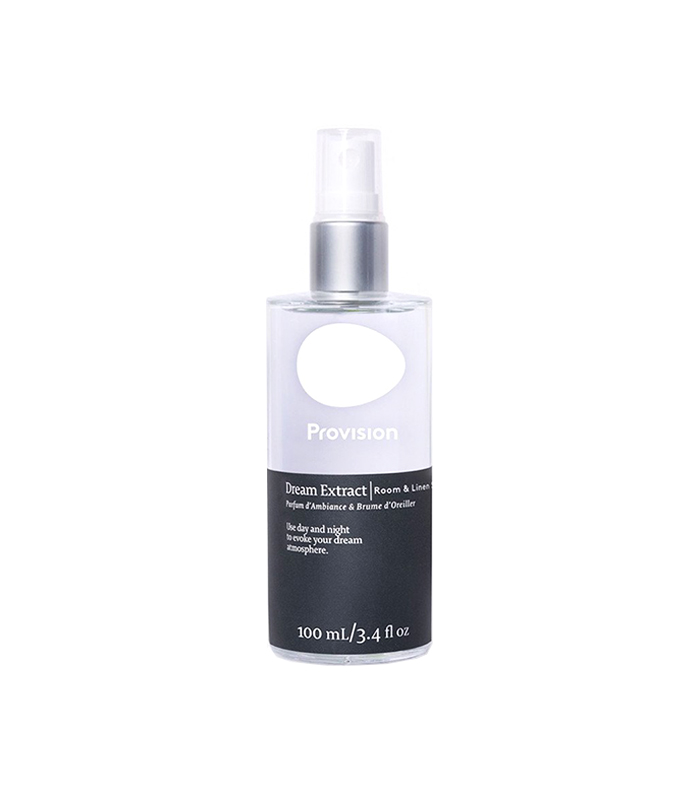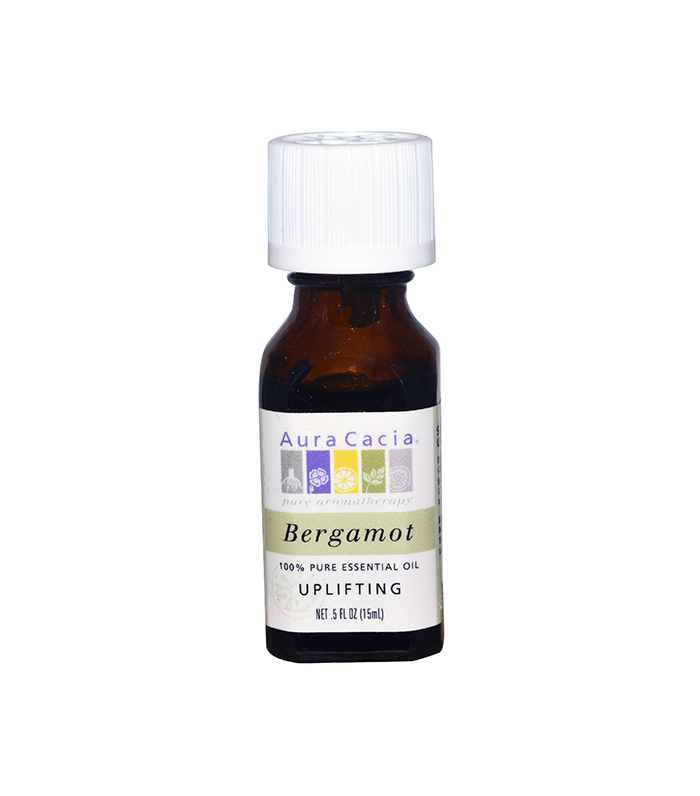A Massage Therapist Shares Her Most Valuable Tips for Falling Asleep Fast


Most of us know what constitutes good "sleep hygiene": total darkness, an electronics-free bedroom, and avoiding caffeine before bed are just a few of the (fairly obvious) basics. But as a chronic insomniac, I also know that the basics alone are often not enough—and that's why I felt compelled to check out a new sleep treatment at the Langham hotel's Chuan Spa in Pasadena. (That and the fact that I was not going to turn down a massage—full disclosure.)
Touted as a way to "take back your sleep," the Sweet Dreams Massage basically combines individually relaxing elements of acupressure, breathing, and aromatherapy, all with the idea that you can practice these kinds of rituals at home too. It ultimately served as a decidedly luxurious crash course in sleeping better—only snoozing during class is highly encouraged. The fact that I couldn't recall the details of the treatment afterward is a solid testament to how well it worked.
To jog my memory, I reached out to massage therapist Taleena Pelayo for her pointers on DIY'ing the treatment at home.
Set the scene.
Rule of thumb: While you're winding down for the evening, treat your bedroom like a spa treatment room. That means no electronics, dim-to-dark lighting, and perhaps a little bit of quiet, relaxing music. "Your sleep space should be treated as a sanctuary," notes Pelayo.
Your first inclination might be to get warm and cozy, but studies show that we feel sleepier when our body temperature is on the cooler side. If you're someone who likes to bury themselves under a huge comforter all year round (like me), consider getting a small fan to put near your bed—it'll help keep you cool and offers some relaxing white noise.
Stretch it out.
A lot of people assume that their bed is the place to relieve tension when it's the ends, not the means. To fall faster into a deeper slumber, you'll want to de-stress your body ahead of time, says Pelayo. Spend the last five minutes before bedtime engaging in some light stretching as needed—these yoga poses are a great place to start.
Play with essential oils.
Aromatherapy might seem gratuitous, but the science says otherwise: Certain scents are shown to markedly reduce cortisol, your body's stress hormone. "It helps induce relaxation and has been used for several years as a natural remedy to calm and soothe," says Pelayo.
As for choosing the right scent, that's your call. "The best advice I would give someone experimenting with essential oils is to simply try," says Pelayo. "Find what oil works best for you, and give it a shot. Most commonly used oils for sleep and relaxation include lavender, bergamot, or jasmine." Put a few drops in a diffuser, or take a whiff, and it's off to dreamland.
Know your pressure points.
And more specifically, try to identify exactly where you're holding tension. "There are seven areas that hold stress in the body—Third Eye, temple, jaw, thoracic spine [the upper portion of your spine], Chest, abdomen, and sacrum [where your lower back meets your pelvis]," says Pelayo. "Paying extra attention to these zones will ensure a restful night's sleep."
That might mean putting a heating pad on your lower back if you sit all day at a desk or lightly massaging your upper back and shoulders. Or you can apply light pressure to one of those trigger points directly—if your head is swimming or you're subject to migraines, you might have success with lightly pressing your temples, for example.
Breathe better.
"You'd be surprised as to how many people I encounter that have issues with breathing properly," says Pelayo—indeed, one of the elements that I loved (and remembered) about my treatment at Chuan was the guided deep breathing exercises, during which I could feel unwelcome thoughts melt away with every exhale.
It doesn't have to be complicated or woo-woo—just counting as you breathe will suffice. "The one I practice most is inhaling quietly through your nose for several seconds and exhaling completely through the mouth," says Pelayo. You might also try the 4-7-8 method: Inhale for four counts, hold your breath for seven, exhale for eight, and repeat until you're fast asleep.
Next up: Gold medal-winning gymnast Nastia Liukin shares what life is like after the Olympics.
This article is provided for informational purposes only and is not intended to be used in the place of advice of your physician or other medical professionals. You should always consult with your doctor or healthcare provider first with any health-related questions.


